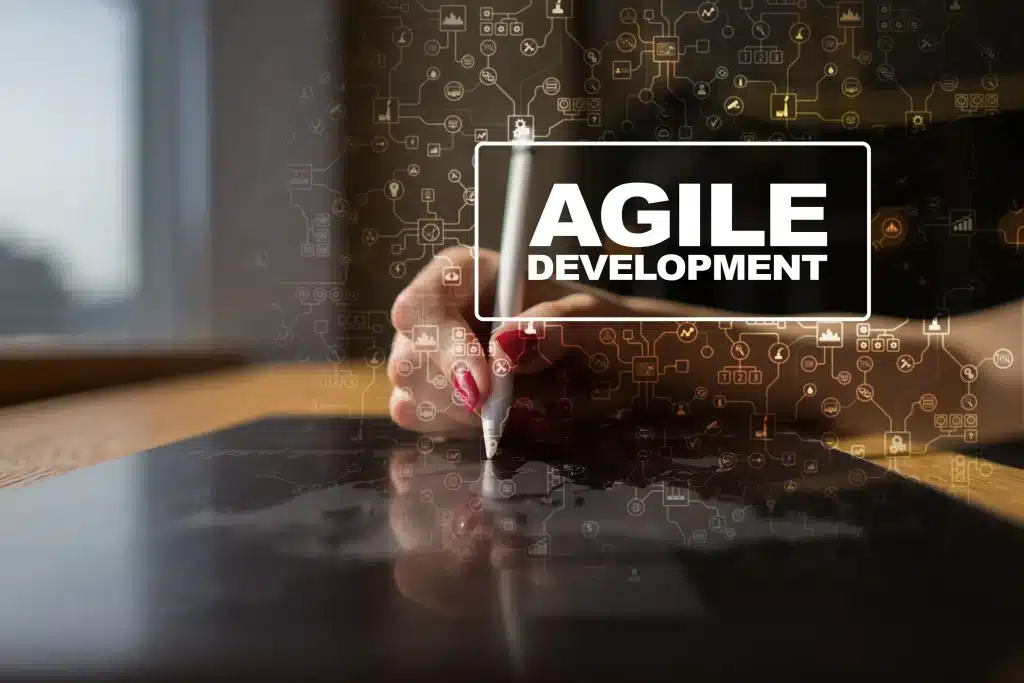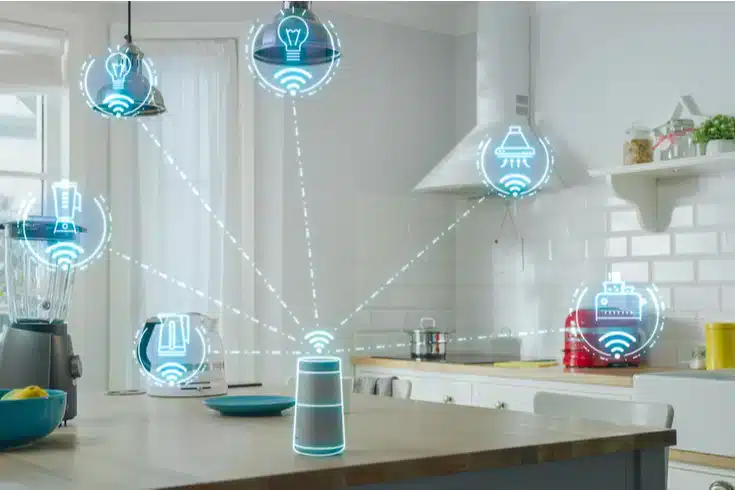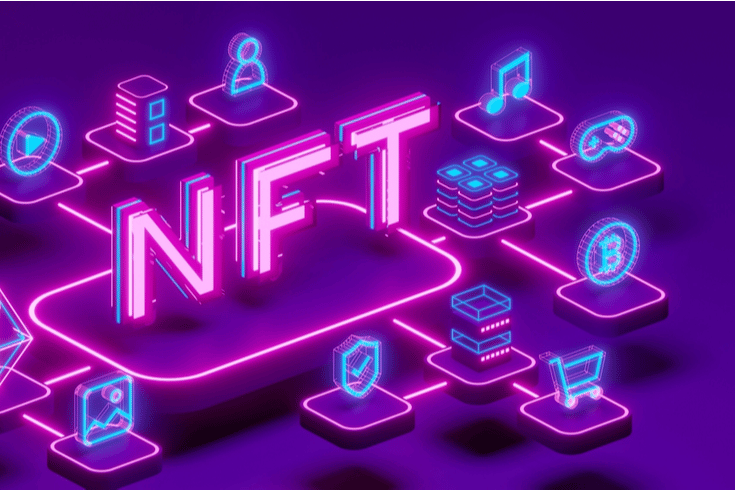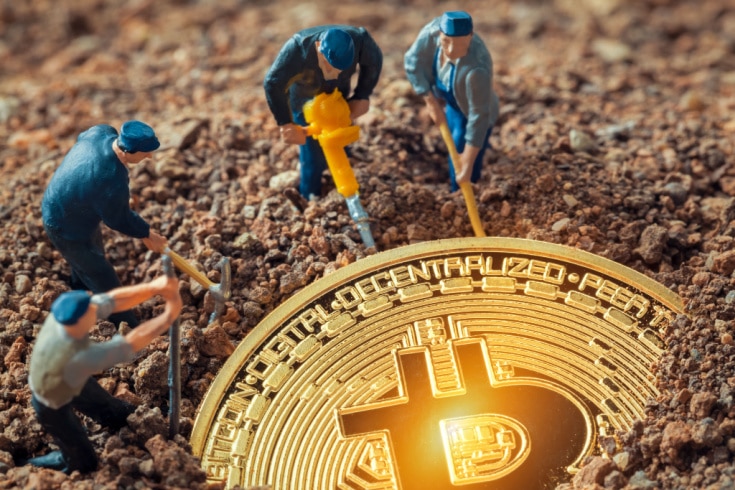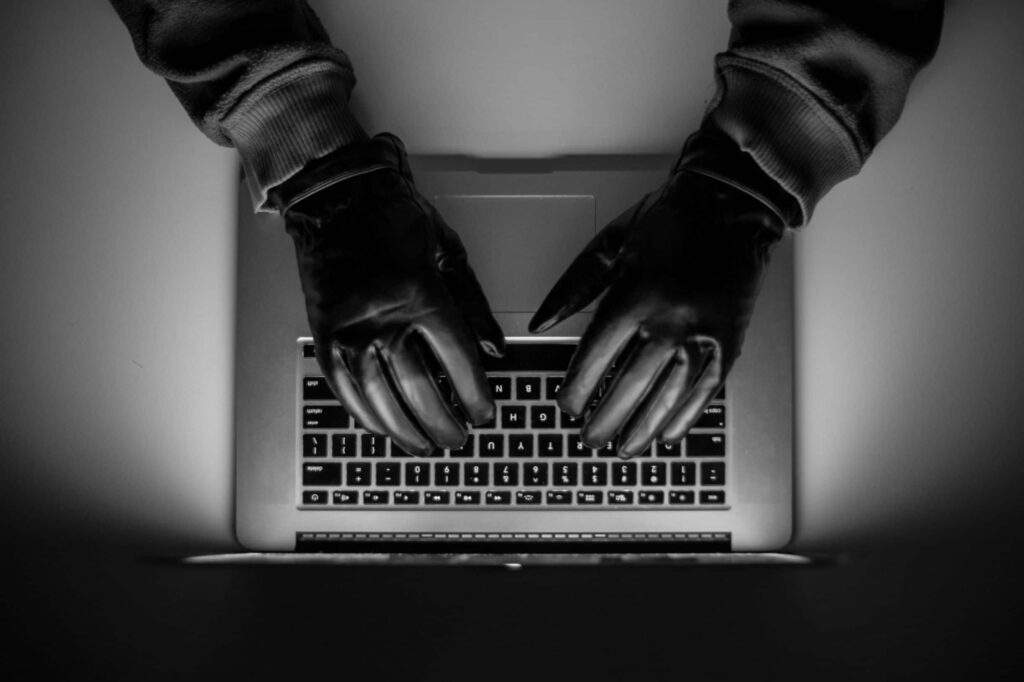Is Taking Screenshots a Copyright Infringement? Explaining Identification and Removal of Posters

Screenshots are a convenient tool for easily saving information and images, but one must be cautious of the potential for copyright infringement. There are complex cases where using a screenshot unknowingly involves illegal content, or where it is possible to use copyrighted material without infringement within the bounds of quotation.
This article will detail the relationship between screenshots and copyright, the criteria for when a screenshot becomes illegal, points to note to avoid illegality, and the steps to take if you unfortunately encounter copyright infringement. Please read through to the end and use this information to protect yourself from the harm of copyright infringement.
Copyright Infringement and Screenshots

In Reiwa 3 (2021), the Japanese Copyright Law was revised, making screenshots subject to copyright law. We will explain the relationship between screenshots and copyright infringement.
Screenshots Fall Under Copyright Law
Taking screenshots on smartphones or computers has become subject to copyright law, and depending on how they are used, it can be illegal. If you knowingly take a screenshot of illegally uploaded content (such as pirate sites or illegal videos), you are infringing on copyright law.
Even if it’s for personal use, if you are aware that the content is illegal and you use it, it constitutes copyright infringement, so caution is necessary. Taking illegal screenshots could lead to claims for damages from copyright holders. In severe cases, criminal penalties may also be imposed, so you must be careful.
If you take a screenshot of content without knowing it’s illegal, there are cases where it may not be considered illegal. However, you should avoid saving or sharing screenshots of illegal content.
Revisions to the Copyright Law Enacted in Reiwa 3 (2021)
The revision of the Japanese Copyright Law enacted in Reiwa 3 (2021) was partly triggered by the Manga Village incident, which became a social issue in Heisei 30 (2018). Manga Village was a pirate site that illegally uploaded manga and other copyrighted works, allowing them to be viewed for free.
The damage was said to be as much as 300 billion yen, infringing on the rights of copyright holders and dealing a serious blow to Japan’s content industry. The incident led to increased calls for stricter regulations on illegal downloads, culminating in the copyright law revision in Reiwa 3 (2021).
The expansion of download regulations now includes not only music and videos but also manga, academic papers, novels, photographs, and other copyrighted works in general. Regulation of linking sites, which only post links to illegal content, also became subject to regulation as an act that encourages copyright infringement.
The legal revision has strengthened the crackdown on illegal content such as pirate editions, protecting the rights of copyright holders. However, even after the amendment, the distribution of illegal content has not been eradicated, and further measures are required. For more details, please see the following materials.
Criteria and Examples of Whether Screenshots Infringe Copyright

Determining whether a screenshot is illegal can be challenging. We will explain the criteria and provide examples of what constitutes legal and illegal screenshots.
Screenshots That Are Not Illegal
Screenshots have the potential to infringe on copyright laws. However, taking screenshots of legally uploaded content or attempting to screenshot legal content is a different matter. If an image that was illegally uploaded is inadvertently captured in a screenshot, it does not constitute an illegal act.
For example, taking screenshots of your favorite artist’s official social media posts or parts of an e-book you purchased is not a problem if it’s for personal use.
Similarly, if you screenshot a friend’s tweet on X (formerly Twitter) and inadvertently capture another user’s icon that contains an illegal image, this is also not illegal. Rest assured that it is not considered a violation.
However, if you post a screenshot on social media or feature it on a blog, you may need the copyright holder’s permission.
Screenshots That Become Illegal
What requires particular caution with screenshots is the act of taking them knowing that the image has been illegally uploaded.
Images posted on pirate sites, personal blogs without official permission, or anonymous forums are likely to be illegal content uploaded without the copyright holder’s permission. Taking screenshots of such content, knowing it to be illegal, can lead to copyright infringement and the possibility of being held liable for civil damages.
Furthermore, according to Article 119, Paragraph 3 of the Japanese Copyright Law, repeatedly screenshotting (downloading) content that is provided for a fee (such as magazines or manga) constitutes a serious copyright infringement, which could result in criminal penalties, including imprisonment for up to two years or a fine of up to 2 million yen, or both.
However, if you inadvertently screenshot an image that was illegally uploaded without your knowledge, or if an illegal image is inadvertently captured while screenshotting legal content, it does not constitute an illegal act.
Copyright Handling of Quoted Tweets on X (Formerly Twitter)

X (formerly Twitter) features the ability to quote other users’ tweets, known as quoted tweets. As this function is officially provided by X, its proper use does not constitute copyright infringement. However, recent court decisions indicate that quoting via screenshot images could potentially be considered copyright infringement.
The courts have ruled that attaching screenshot images without using the designated quoted tweet function provided in X’s terms of service does not conform to fair practice and does not qualify as a citation under copyright law. This ruling could have significant implications, considering the common practice of quoting via screenshots on X. However, there are differing opinions on the court’s decision, and the situation may change with future case law or legislative amendments.
At present, the safest method for quoting on X is to use the official quoted tweet function. Quoting through scroll capture should be approached with caution to avoid the risk of copyright infringement. For more information, please see the related article below.
Related Article: Does Screenshot Quoting on X (Formerly Twitter) Constitute Copyright Infringement? Explaining the Reiwa 5 (2023) Court Decision[ja]
Exceptions Where Screenshots Do Not Constitute Illegal Activity

Screenshots of illegally uploaded content are generally considered to be copyright infringement. However, there are exceptions where such actions are not deemed illegal.
Consider the case of minor amounts or low-quality images. For instance, screenshots of just a few panels of a manga or a few lines from an academic paper, where the copied portion is a tiny fraction of the entire work, or if the image quality is so poor that it’s unsuitable for appreciation, may not be recognized as illegal due to their trivial nature.
In the context of fan-made creations, while the fan work itself may potentially infringe copyright laws, currently, they are not targeted by regulations against illegal downloading. Therefore, screenshots uploaded by the creators of the fan works themselves are not illegal. However, screenshots of fan works uploaded without permission by third parties may be considered illegal.
Furthermore, screenshots taken for socially legitimate purposes, such as evidence of fraud, or under special circumstances where it is recognized that the copyright holder’s interests are not unjustly harmed, are not considered illegal.
The criteria for exceptions are determined by the interpretation of the Japanese Copyright Law, so it is not always the case that screenshots will be lawful. When taking screenshots, it is necessary to carefully assess whether the content is not illegal and does not unjustly harm the interests of the copyright holder.
How to Respond if You Discover a Screenshot Suspected of Copyright Infringement

When you come across a screenshot that you suspect infringes on copyright, it’s important to know how to respond. We will explain the steps you should take in detail below.
Choosing to Leave a Post Unaddressed
As a response to copyright infringement, there is also the option to deliberately leave a post unaddressed. Taking legal action against copyright infringement involves time and costs. If you decide to hire a lawyer, you cannot ignore the attorney fees. Therefore, when the infringement is minor or a one-time incidental occurrence, choosing to leave it unaddressed can be a viable option.
In particular, in cases where it is unclear whether an action constitutes copyright infringement, initiating a lawsuit may not result in a finding of infringement, so please be cautious. By choosing to leave the post unaddressed, you can also benefit from avoiding such risks.
Taking Action for Content Removal
If your copyrighted work has been captured in a screenshot without permission and posted on social media, you can request the removal of the content based on the Japanese Copyright Law. There are two types of removal requests: one for stopping an infringement that has already occurred, and another for preventing potential infringements.
A request to stop infringement seeks the removal of already posted copyrighted material, while a request to prevent infringement aims to preemptively stop similar violations from happening in the future. Additionally, if there is an urgent need, a provisional injunction can be filed, which allows for a swifter response than litigation.
A provisional injunction is a procedure where the court orders the temporary removal of copyrighted material, and it can be conducted in parallel with the main lawsuit.
Taking Action for Royalty Payments and Damage Compensation Claims
Normally, the use of screenshots with copyright requires the payment of licensing fees to the copyright holder.
However, if screenshots are used without permission, the copyright holder not only loses the potential licensing fees but may also suffer damages such as the devaluation of their work. In such cases, the copyright holder can make a claim for damages based on tort under Article 709 of the Japanese Civil Code (民法第709条).
The damages that can be claimed include not only the licensing fees that should have been paid but also other economic losses incurred due to the unauthorized use of the work. The cost of royalty payments and damage compensation is calculated based on the duration and extent of the copyright infringement. Therefore, it is common practice to first request the removal of the copyrighted work (cease and desist) to stop the infringement.
Afterward, a detailed investigation of the infringement is conducted, and upon calculating the appropriate costs, a claim for damages is made.
Seeking Redress for Reputational Restoration
Copyright infringement can violate not only the property rights of the copyright holder but also the moral rights of the author.
Moral rights refer to the rights that protect the personal and spiritual connection an author has with their work, including the right to be credited and the right of integrity.
The right to be credited allows authors to decide whether their name is displayed on their work and how it is displayed. The right of integrity protects authors from having their work altered or distorted without their consent.
If an author’s moral rights are infringed upon due to copyright infringement, they can seek measures to restore their honor based on Article 115 of the Japanese Copyright Law (著作権法).
For example, one can demand that the infringer place an apology advertisement in a newspaper, among other measures, to restore the honor damaged by the infringement.
Preventing Recidivism through the Pursuit of Criminal Liability
Copyright infringement is a serious issue that can lead to criminal liability, not just civil responsibilities. According to Articles 119 and 124 of the Japanese Copyright Law, individuals can face imprisonment for up to 10 years or a fine of up to 10 million yen, while corporations can be fined up to 300 million yen for infringement activities. When a victim of copyright infringement files a complaint, the police conduct an investigation, and the prosecutors decide whether to indict. If an indictment is issued, the criminal liability will be pursued in court.
The pursuit of criminal liability serves not only as a punishment for the individual infringer but also as a warning to society as a whole.
The existence of criminal penalties for copyright infringement is expected to act as a deterrent to potential infringers and contribute to the prevention of recidivism.
How Lawyers Can Help with Copyright Infringement Cases Involving Screenshots

If you determine that the use of a screenshot constitutes a violation of copyright law, it is advisable to seek the assistance of a lawyer. Below, we explain the reasons in detail.
Identifying Posters through Requests for Disclosure of Sender Information
If a screenshot containing your copyrighted work is posted on social media without permission, you can identify the poster through a request for disclosure of sender information. This enables appropriate action against copyright infringement.
A request for disclosure of sender information is a procedure that, based on the Japanese Provider Liability Limitation Law, requires content providers (social media operators) or access providers (internet service providers) to disclose the information of the poster.
However, the process for requesting disclosure of sender information is complex, involving multiple legal proceedings. The steps are as follows:
- Apply for a provisional injunction against the content provider to identify the poster’s IP address and other details.
- Identify the access provider using the specified IP address and apply for a provisional injunction to prevent the deletion of sender information.
- Initiate legal action against the access provider to demand the disclosure of sender information.
This procedure requires specialized knowledge and incurs both time and costs. Therefore, it is recommended to consult with a lawyer and proceed with appropriate advice.
Lawyers are experienced in requests for disclosure of sender information and can smoothly navigate the legal process. They can also provide appropriate advice from a legal perspective on how to proceed after identifying the sender.
Provisional Injunction for Deletion Requests
Once the poster responsible for copyright infringement is identified through a request for disclosure of sender information, the next step is to file a lawsuit demanding the deletion of the post. However, since litigation takes time, if there is a risk of further damage from copyright infringement or an urgent need to delete the post, considering a provisional injunction is effective.
A provisional injunction is a procedure where the court temporarily orders the deletion of a post. If granted, it allows for the immediate removal of the post without waiting for the outcome of the main lawsuit, thus preventing the spread of copyright infringement and minimizing damage.
The procedure for a provisional injunction requires specialized knowledge, similar to litigation. Consulting with a lawyer allows you to receive support for proper document preparation and procedural guidance. Moreover, lawyers can make effective arguments to the court, increasing the likelihood of the provisional injunction being granted.
Claims for Damages
After identifying the poster responsible for copyright infringement through a request for disclosure of sender information, you can file a lawsuit to claim royalties for the use of the copyrighted work and other damages.
The Copyright Law includes provisions for calculating the amount of damages (Article 114 of the Japanese Copyright Law), making it easier for copyright holders to make claims. For example, if the infringer has profited from the copyright infringement, that amount of profit is presumed to be the amount of damage.
Furthermore, if a copyrighted work that normally requires a licensing fee is used without permission, you can claim an amount equivalent to the licensing fee as damages.
The provisions set a limit on the amount of damages, and even if the infringer argues that the actual damages are less, a reduction is not permitted. Claims for damages require specialized knowledge. Consulting with a lawyer allows you to receive support for the proper calculation of damages and the claims process.
Lawyers possess specialized knowledge of copyright law and will make legally appropriate arguments and evidence, striving to secure proper compensation for damages.
Conclusion: Consult a Lawyer for Copyright Infringement Issues Related to Screenshots

Screenshots are a convenient feature, but be cautious as they can sometimes constitute copyright infringement. There are complex cases where taking a screenshot of content unknowingly may be illegal, or where it may be legal if it falls within the scope of fair use.
If you have any concerns about copyright infringement related to screenshots, we recommend consulting with a lawyer. Lawyers are experts in copyright law and can provide appropriate advice and tailored solutions for each individual case. If you have suffered any infringement, do not hesitate to consult with a lawyer.
Guidance on Measures by Our Firm
Monolith Law Office is a law firm with extensive experience in both IT, particularly the internet, and legal matters. In recent years, intellectual property rights, especially copyrights, have garnered increasing attention, and the necessity for legal checks has grown. Our firm provides solutions related to intellectual property. Please refer to the articles below for more details.
Areas of practice at Monolith Law Office: IT and Intellectual Property Legal Services for Various Companies[ja]
Category: IT
Tag: CybercrimeIT




